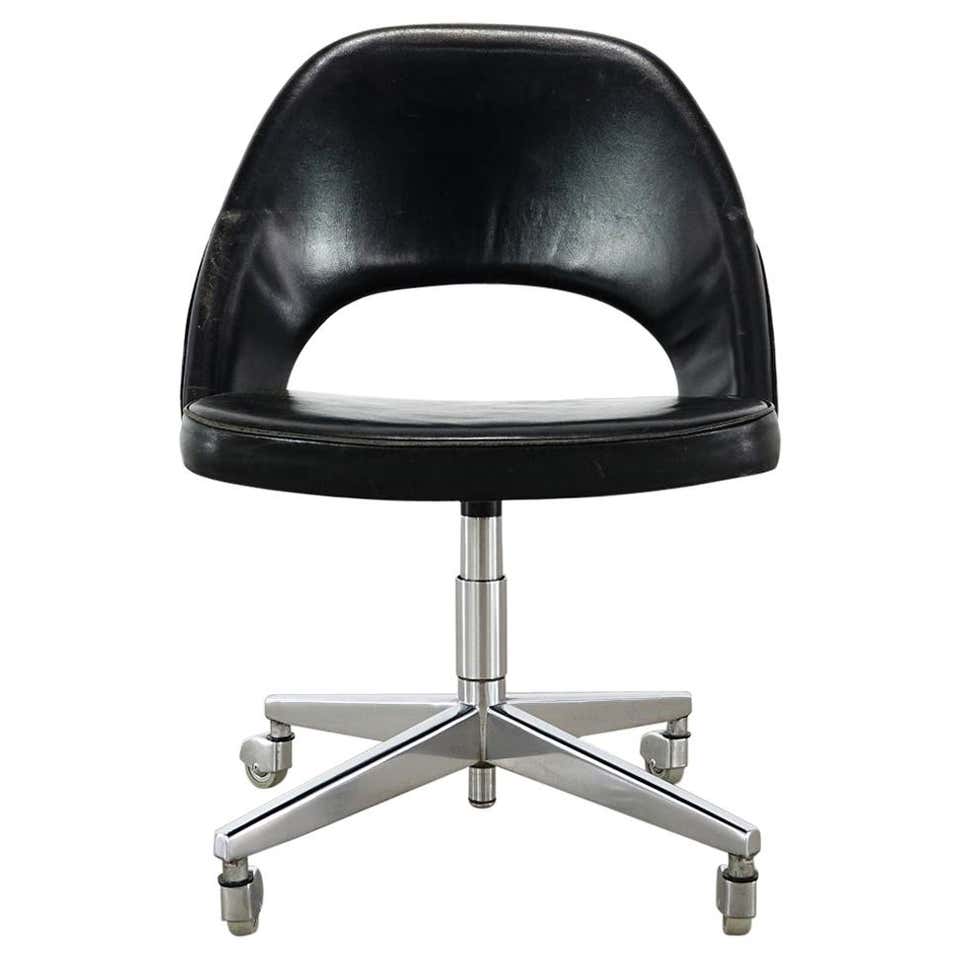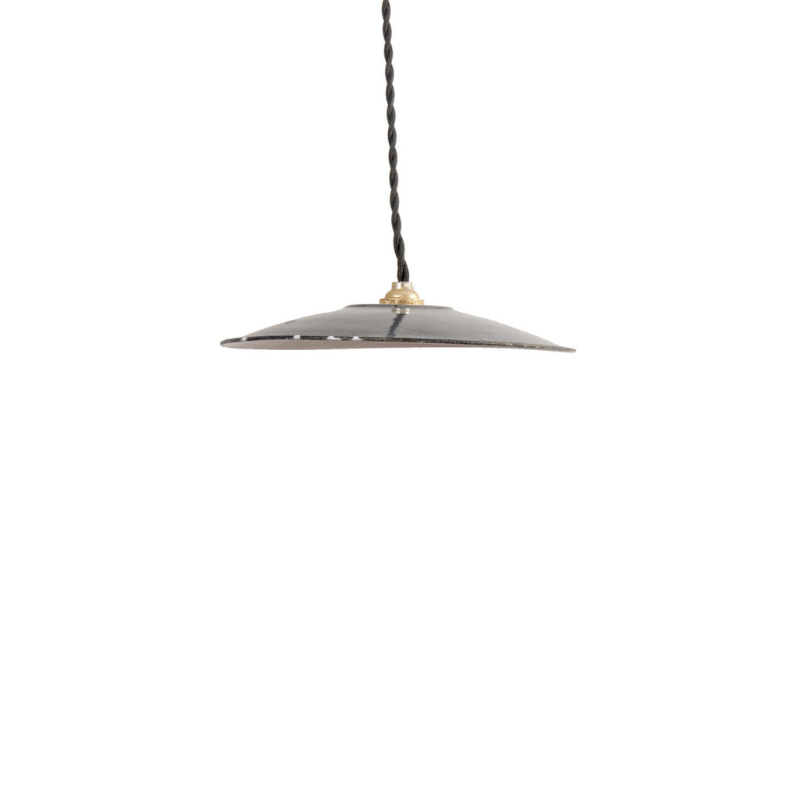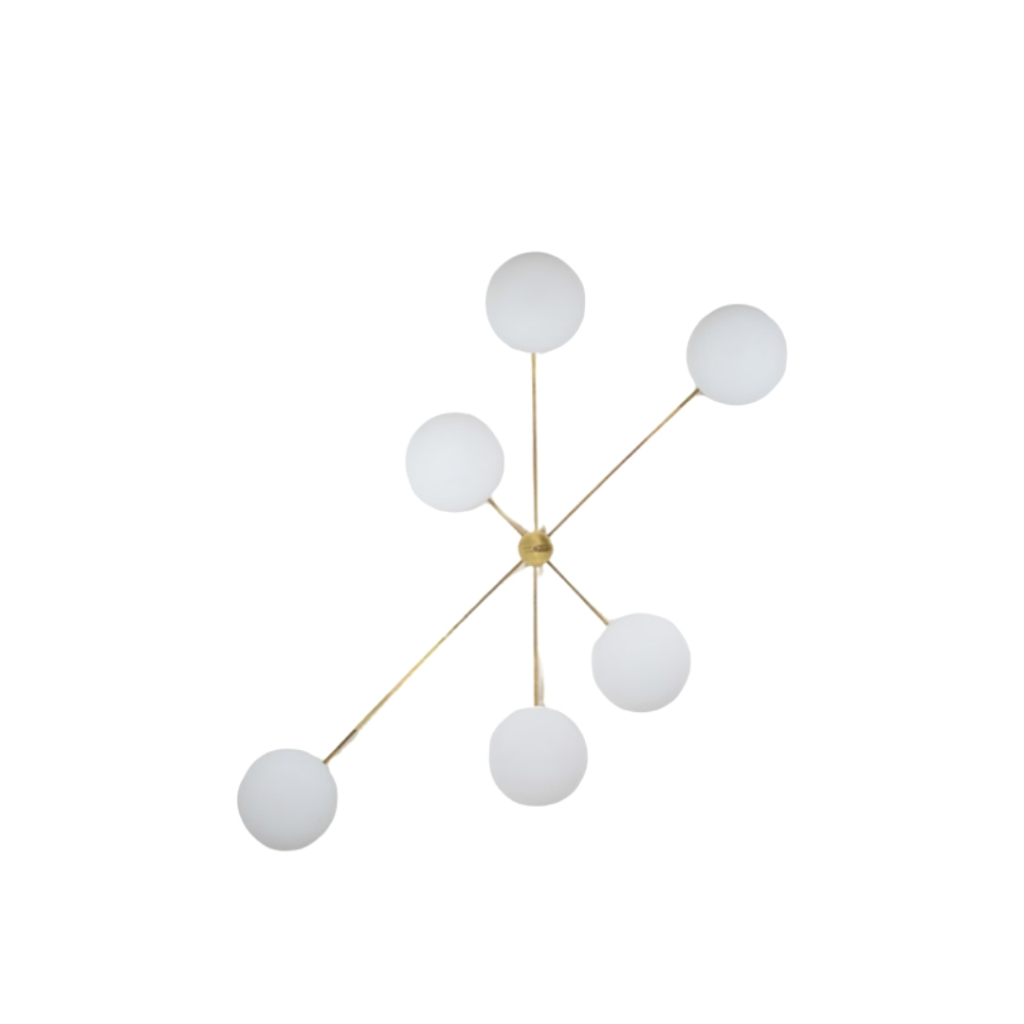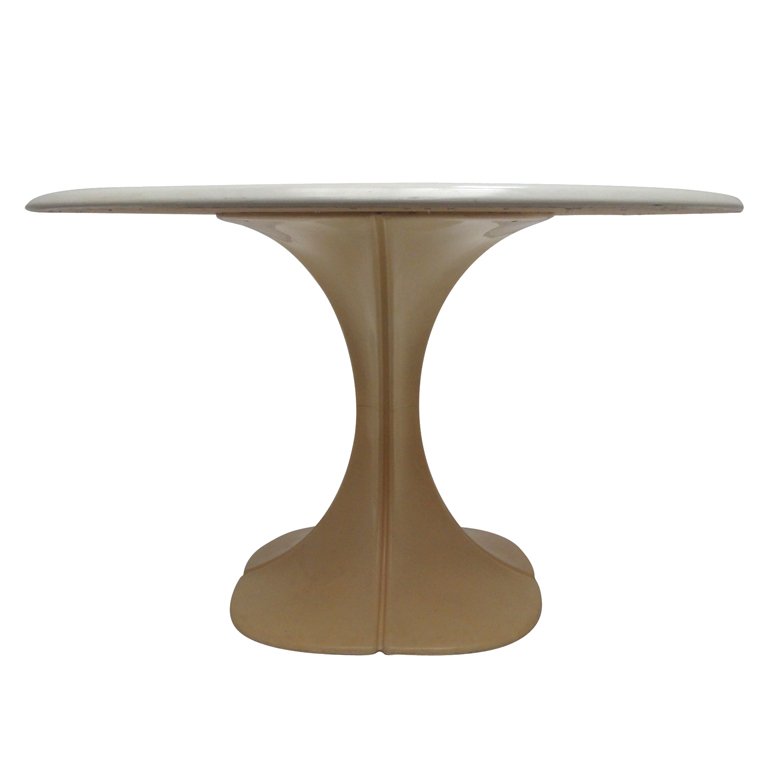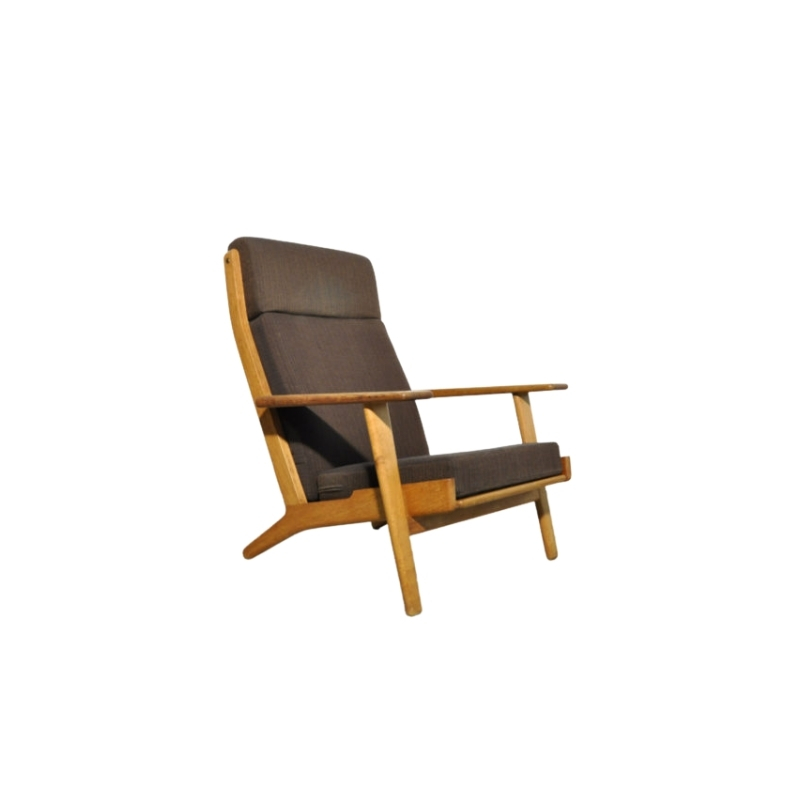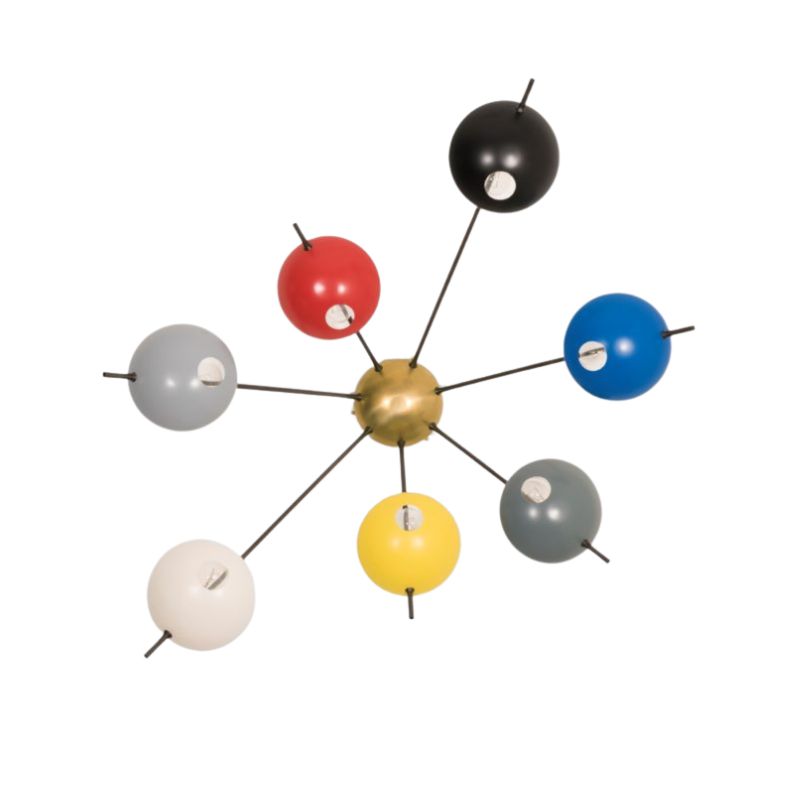a poster elsewhere on the web wonders whether aluminum arcs can be re-curved to a different radius.
http://www.designcommunity.com/forums/viewtopic.php?p=3231663#3231663
Hi SDR
As one of the answers to the first question points out. If you deform aluminum beyond its elastic limit the deformation will be permanent...unless you charge it again beyond that same limit...in any direction. Although extruded aluminum is easier to bend (back and forward) cast aluminum can be bend to. The question is always: how much. Like any other metal heating is not required for the bending, but ones bend re-heating relieves the piece from stress and allows it to be bended further.The answer on the additional question about an aluminum profile's original shape is that profiles are extruded straight and bend afterwards. I will gladly answer more in detail but it would require a more specific question.
Another question for Koen
Dear Koen,
I had the chance to attend one of your conferences (modernité-perénité) where you spoke about your design projects. You should know it was greatly inspiring. The way you reorganized the hospital's kitchen and better yet the atelier Orange experiment are two valid examples of sustainable design. I am very interested in the every day application of eco-design, green design, sustainable design, no matter what you call it. And I'm reading (devouring)cradle to cradle by bill McDonough, I'm hoping you did too. And now the question: What do you think about his point of view?
Dear Joyce...
Thank you foryour nice words on my conference. I must confess that I am less comfortable speaking in public than a decade or so ago, so I am happpy you still found it inspiring. The reason why I spoke about these projects was that I am convinced that in design one has to be judged by ones actions not by what you have to say. After starting reading "Cradle to Cradle", or Remaking the Way We Make Things by William McDonough and Michael Braungart I put it down and started reading another book that I expected to be interesting. I am not as thrilled about it as when I started so I might go back to "Cradle to cradle". The reason why I put it down is not that it is not overflowing of good intentions, or that it is boring, quite the opposite. The problem i have with it are the half-truths. It is a catchy idea to print on polypropylene and point out in the first pages that recycling paper is nice but...yes the fibers get shorter and the quality deteriorates. In other words it is not really a full recycling....good point Than again one has to say exactly the same thing about polypropelene. Each time you re-heat a thermoplastic you lose some of it's initial qualities...my problem is that I did not read that anywhere in the same introduction. The question becomes: is it ignorance or is it intentional, but in both cases it is mis-information. I hate to do this to people that are obviously good willing and thinking in the right direction, but these are complex questions and godd willingness is not enough. My second point is that there is a fair amount of historical background, most of it is common knowledge and does not deserve to be printed over and over again. Then when it comes to the more practical parts it turns into a smart sales speech for their design office, with very little new and useful information. If you do research and after having done so, you make the results public you should behave like any other researcher: be open about it and disclose whatever you have found. If it is new in a way that can be protected, so be it. protect it and disclose after you have been assured that the idea or information is yours. In reading this I got too much the impression that they seem to suggest that they know a lot more than what is in the book. I do not think that we will solve the problems that we are facing by only suggesting. We have to share! and as much as possile. Let me promise you that I will take it up again and read it from cover to cover and give you a better answer. Thanks again!
Why not another question.
Dear Koen,
Your observations about "cradle to cradle" are very interesting. I didn't see things from those perspectives. The downcylcing of fibres as well as plastics, the marketing aspect of their firm and the secrecy of research. For my part, as a student of design, I was just happy to see that it is possible to design with a broader conscience of the world around us.
Here comes my next question. What would you say to designer that is fresh out of school and who doesn't want to be responsible for the creation of the next gizmo? How can a young designer prepare himself to face the economically driven industry? How can I be responsible and sustainable in my practice of design?
Thanks again Koen for taking the time to answer my questions. Alex Joyce
dear Alex and other intrested readers...
Your question is a difficult one for people of my generation. Let me explain why and then try to answer your question.
I came to this profession in two stages but from the beginning my motivation was to contribute to re-building the relative prosperity that was destroyed in WWII. As a child we played in bombed houses, went to temporary churches, and called barracks hastely put on top of the rubble, our schools. I probably had no talent (as a child I could not draw well, I am still considered to be clumsy and my usefullnes in design has most often been based on knowledge more than on inspiration) but it was almost impossible not to participate in that re-construction. I admit that that early motivation has sometimes gone too far, but looking at my past work, something I was forced to do for a reason not very relevant to this discussion, I found that I had done very few "exhuberant" products. Most are performant, simple and useful, reflecting that early motivation to restaure lost material necessities, no frivolity, no luxury. For someone who has never been tempted by making the next "gizmo" it is difficult to explain how one can resist such a temptation. For someone that was driven not by the need to express him or hereself or by talent, but by perceived necessity, it is difficult to explain how to avoid the temptations of a unbridled imagination or the effects of an unruly creativity.
As to your question...I think I would always start by some more global vision of what the world or my world would look like if the problems that we face were solved. Within that general vision it must be possible to focus on the details and ask ourselfs what the products, what the equipment, our homes, gardens, schools etc. would look like in that world. Even if it is a moving target, because knowledge, perceptions and even wisdom changes, it still is a good guide for the things we could do and for the way we could do it. Of course your question can only be answered by writing a book, but I think I would consider four factors. The first three are simple because they change all the time and by changing they re-draw the character of the products we use. The first is technology, the second is function and the last one is culture or the way we perceive the place of a product in our particular culture. Each time one or more of these factors changes a new product has the potential to provide a better answer.
cont.
The fourth thing to consider is matter of attitude. We all are able to be overwhelmed by the task at hand and to do nothing because we know we are not going to solve all the problems facing us. One can also answer the call by action, even if each step is small, each step is an improuvement. Sometimes I look at an old picture of the rubble that was left of my grand-parents house after the 4th of April 1943 bombing by american planes that killed close to 3000 people in a small town of 15.000...and I wonder 62 years later how people were able to overcome, not only the grief and the destruction but also the overwhelming scale of the task. Where do you begin re-building something that was so harshnessly destroyed...and yet brick by brick was cleaned from previous cement ( In spite of my age, I know I have done my part) and re-used. If you drive through the same place today you would not even be able to imagine that the center square was ones filled with open coal trucks filled with dozens of coffins in the middle of a landscape of destruction. All of this to make one point: We are all, no matter how ambitious we are, part of a larger scale and even if the ask seems Herculian, it starts with one brick. I am sure that even a small step taken in the right direction now we later be seen for what it is: the right direction. The solution only comes when more and more people move it that same direction. Of course we would all like to be part of it, we would all like to see the end result, but we will not. Time will catch up and aging is as inevitable as gravity, but it should not prevent us from moving in the right direction.
So, What would I say to designer that is fresh out of school and who doesn't want to be responsible for th next gizmo...Learn enough to be able to recognize what would be the right direction and start moving...
post scriptum
It is not up to the former generation to influence the choices of the newer ones, but allow me some general thoughts on the subject. When Francis Bacon in the 17th century wrote so harshly about the classic greek sciences asking: "What have they done to improuve people's lives?" He identified theweakness of the greek classics as being people that always aske "why" and pleaded far too succesfully for asking more the question "how". This change of direction is still considered the glorious start of modern science....and we have done very well. Nobody knows "why" we went to the moon..and back, unless for reasons of international rivalry, but a lot of us know "how". Without being to critical about these achievements I think that we can not continue to produce things just because we know "how". Consider the medical field as an example. In spite of rising costs we fill our hospitals with more and more sophisticated equipment, because we know "how" to do it. If we would consider that a doubling of the costs of medical care has hardly made a dent in life-expectancy in North-America. We might also want to re-consider "why" we spend more than half of the medical care given to a person in his lifetime in the last 6 months of that persons life... In products it is not different. As designers we have always identified ourselves as the guardians of the idea that "why" and "how" are questions that have to be asked and answered simultaniously. It also became the essence of our professional methodology. We felt that our place was quite appropriate in between engineering asking and answering the "How" questions and the arts that always seem to struggle with the "why". If as a society we have given too large a space to just doing things, not because we know why but because we know how, it might be time for another Francis Bacon to stand up and be critical about an engineering and science driven society and ask "why" we are doing this to ourselves.
Such Wisdom
Well once again, you've suprised me. Being 23 years old, I have no personal recognition of the consequences of war. I can understand though, your point of view about function and better use of materials. I also enjoy your conclusion that as a yougn designer you have to move in the right direction, brick by brick. And finally, the relationship between the how and the why. Very simple and true. I do ask myself why do we do the things we do. Thanks for you "proximity" through this forum. And thank you for sharing some of the wisdom, us yougnsters lack sometimes. Both your proximity and wisdom are very highly appreciated. I will keep on reading your comments. Maybe you should start a blog...
If you need any help, please contact us at – info@designaddict.com



